AI 훈련을 위한 콘텐츠 라이선싱 시장이 성장하고 있지만, 장기적으로 지속될지는 불확실
2023년 이후 개발자들의 관심은 이미 데이터 규모보다는 전문화에 더 쏠리고 있음
라이선싱 수요는 새로운 훈련 기법, 모달리티, 합성 데이터 사용, 공정 이용(fair use)에 관한 판결 등에 달려 있을 전망
“예전에는 5~10개 회사가 엄청난 양의 (AI훈련을 위한) 데이터를 사갔지만, 이제는 훨씬 많은 회사가 적은 양의 데이터를 사게 될 겁니다. 물론 아직도 대규모 데이터를 필요로 하는 기업이 있지만, 앞으로는 합성 데이터와 파인튜닝 중심으로 가게 될 거예요. 예전에는 ‘최대한 많이’가 필요하다 했다면, 이제는 훨씬 더 구체적인 수요를 보이거든요.”.. 베스톨 , 버라이어티 인터뷰
AI 훈련을 위한 데이터 라이선싱은 지난 몇 년간 갑작스럽게 부상하고 빠르게 진화해 온 시장이다. 2023년 이후, AI 기업들은 미디어 권리 보유자들과 라이선싱 계약을 추진하여 텍스트, 이미지, 음악, 비디오 등 어떤 모달리티에서도 AI 모델을 훈련할 수 있는 고품질 데이터를 확보하고 있다.
버라이어티에 따르면, 뉴스 미디어 퍼블리셔, 스톡 이미지 업체 등을 비롯해 총 30건의 콘텐츠 라이선싱 계약이 공표된 바 있다. 이 외에도 비공개 계약이 다수 진행되고 있다.
그러나 AI 훈련을 위한 콘텐츠 라이선싱의 미래와 지속성에 관한 의문도 제기된다.
이런 유형의 라이선싱이 창작자와 권리 보유자들에게 수익을 창출할 수 있는 짧은 기회에 불과한 것인지, 아니면 장기적으로 라이선싱 시장이 계속되고 성장할 수 있을지 말이다.
AI 훈련 데이터 플랫폼 프로테제(Protege)의 시청각 콘텐츠 라이선싱 부문인 프로테제 미디어(Protege Media)에서 제너럴 매니저 데이브 데이비스(Dave Davis)는 버라이어티와의 인터뷰에서 “AI 회사 여러 곳에 이 질문을 던져 봤는데, 한 곳에서는 매우 단호하게 ‘수요는 단기 현상에 그칠 것’이라고 답했다”라며 “그러나 대부분은 어떤 형태로든 AI 훈련 데이터 라이선싱이 매우 오랫동안 대규모로 이어질 것으로 보고 있다”고 전했다.
권리 보유자와 AI 개발자 모두 시각이 엇갈리고 있다. “몇 년 내로 한 번에 끝날 기회”라고 보는 쪽과 “지속적이며 확장될 시장”이라고 보는 쪽이 서로 나뉘어 있다는 것이다.
권리 보유자들은 이러한 라이선싱 기회에 기대를 걸고 있다. 음악 라이선싱 에이전시 라이츠파이(Rightsify)의 CEO이자 창립자 알렉스 베스톨(Alex Bestall)은 “사람들은 [데이터를 라이선싱하는 것]이 매력적인 기회라고 보고, 뒤처지기 싫어 한다”고 설명하며 “처음에는 많은 이들이 ‘소송 결과가 어떻게 나오는지 기다려 보자’고 말했지만, 그게 결론 나려면 아직 시간이 걸린다”고 덧붙였다.
이처럼 결론을 내리기 어려운 이유는, 라이선싱의 근거가 되는 전제들이 여전히 불확실하고 빠르게 변화하며, 언제든 바뀔 수 있기 때문이다.
AI Training Content Licensing Grows, but Its Longevity Remains Uncertain
The market for licensing content used to train artificial intelligence models has exploded over the past two years. What began as a handful of deals between AI developers and media rights holders has rapidly evolved into a wave of partnerships spanning text, image, music, and video. Yet even as more companies look to monetize the use of their works in AI, questions persist about whether this surge in licensing will endure—or if it’s merely a short-lived opportunity.
An Emerging, Fast-Changing Market
At least 30 content-licensing deals have been publicly disclosed since 2023, according to tracking by VIP+, involving publishers, stock-image services, and other rights owners. Yet industry experts say many additional deals are being negotiated behind closed doors.
Some see this as a major moment for creators and media companies. “I’ve spoken with several AI firms,” says Dave Davis, general manager at Protege Media, the audiovisual licensing arm of AI training-data platform Protege. “One told me bluntly that demand for content licensing will be short-lived. But most believe AI training data deals will continue in some form at scale for a very long time.”
향후 콘텐츠 라이선싱 시장을 가를 주요 요인들
AI를 훈련하기 위해 사람(인간)이 만든 콘텐츠를 라이선싱하려는 시장이 오랫 유지되려면, 개발 회사에서 데이터를 꾸준히 필요로 해야 한다. 그러나 AI고도화로 최근 데이터 라이선스 시장은 변하고 있다.

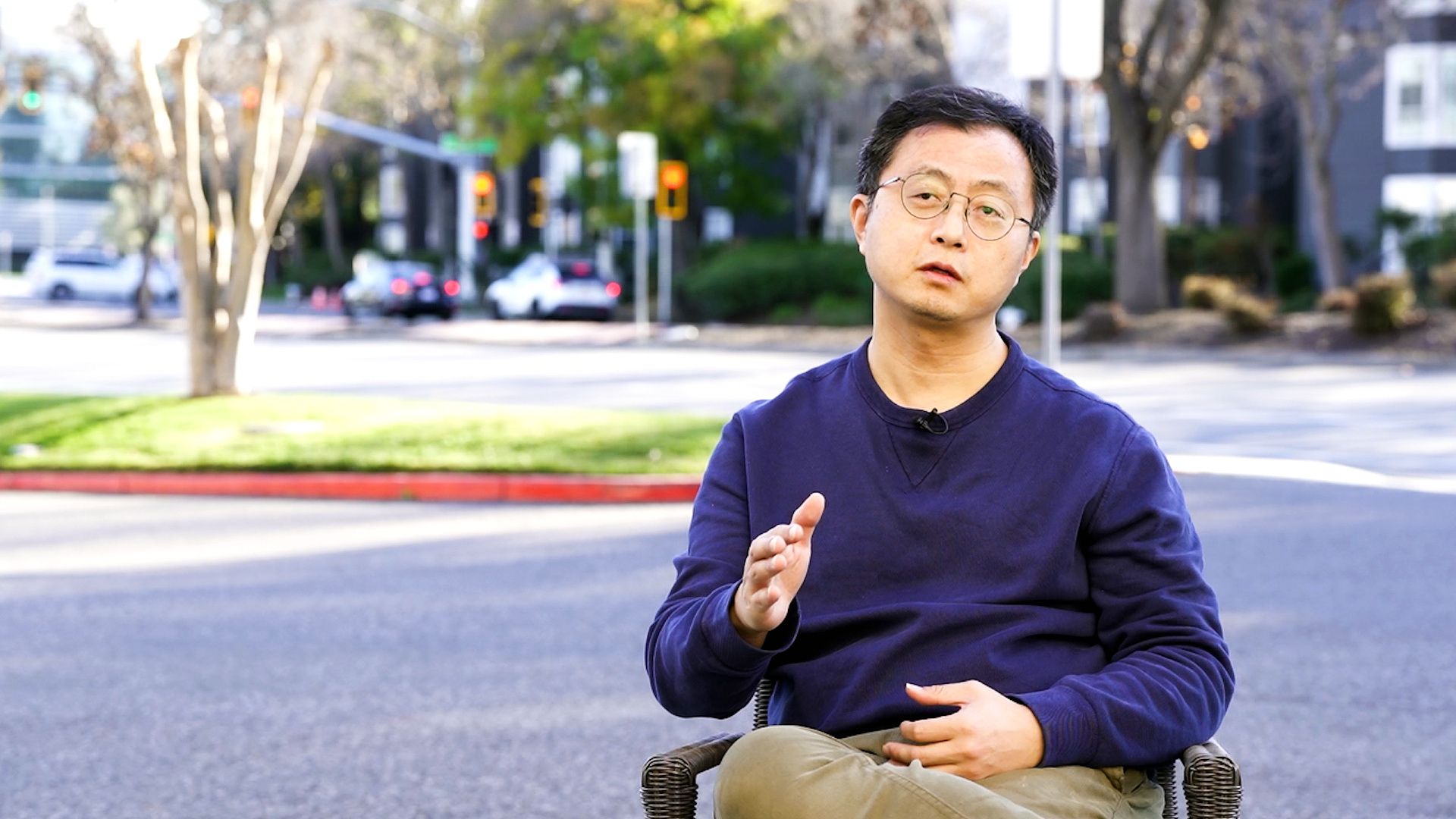
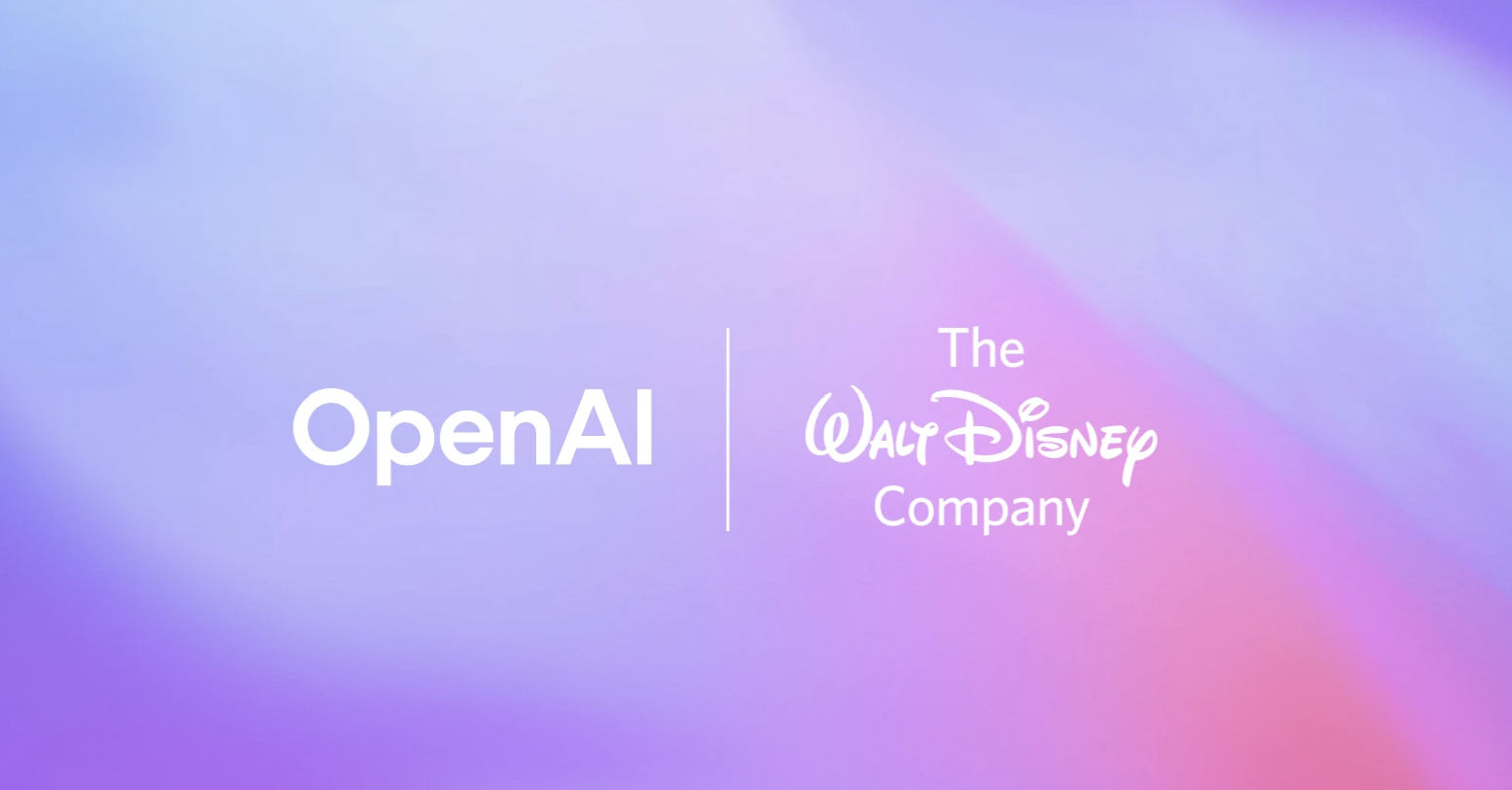
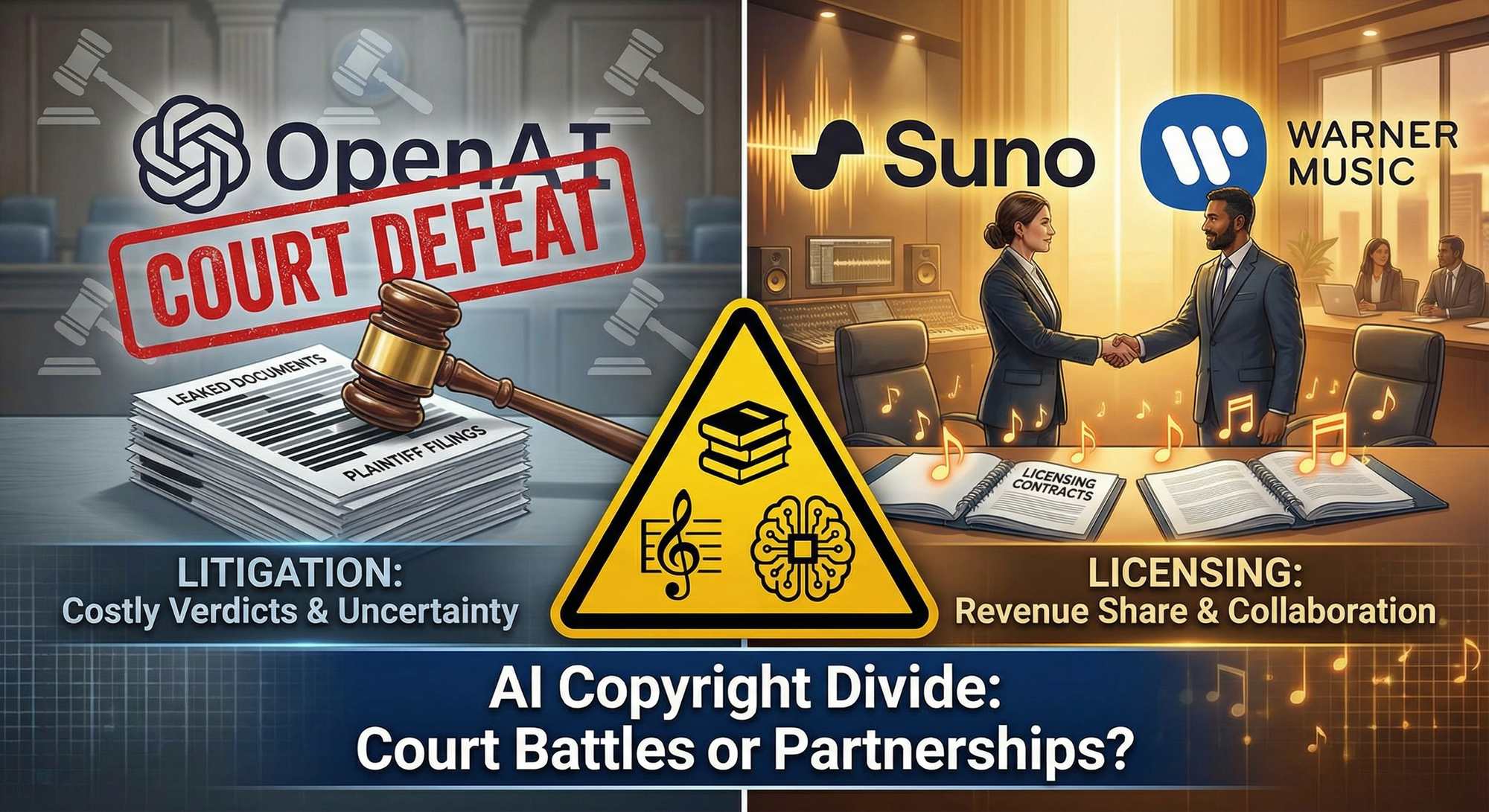

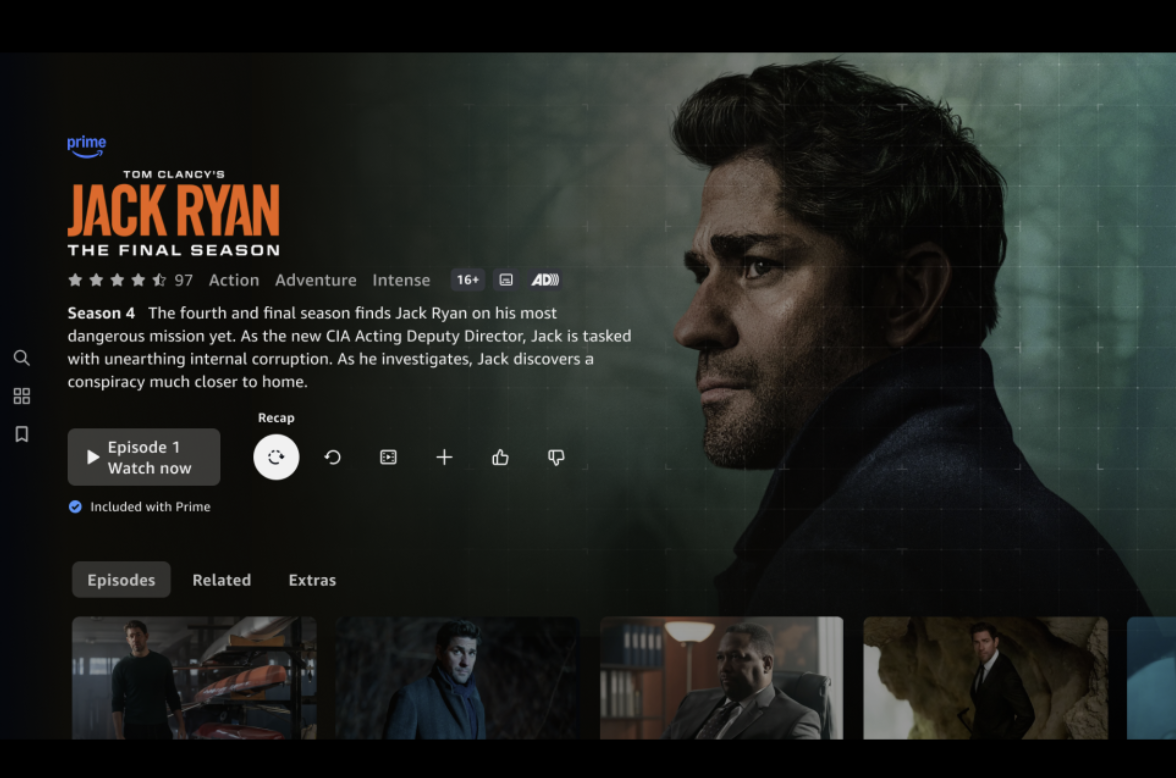
![[보고서]디즈니의 IP 플라이휠, 1957년 메모에서 시작된 100년 전략](https://cdn.media.bluedot.so/bluedot.kentertechhub/2025/12/vtekpo_202512140501.png)
![[리포트]글로벌 스트리밍 대전환과 FAST 시장의 부상](https://cdn.media.bluedot.so/bluedot.kentertechhub/2025/12/7jw8up_202512120304.png)
![[보고서]K-콘텐츠, 몰입형 공간 새로운 경험](https://cdn.media.bluedot.so/bluedot.kentertechhub/2025/12/je15hi_202512061434.png)
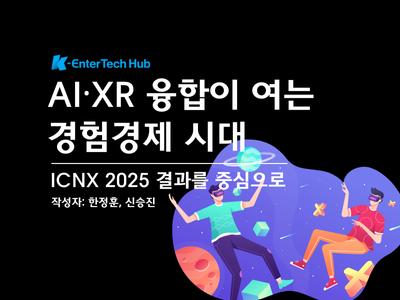
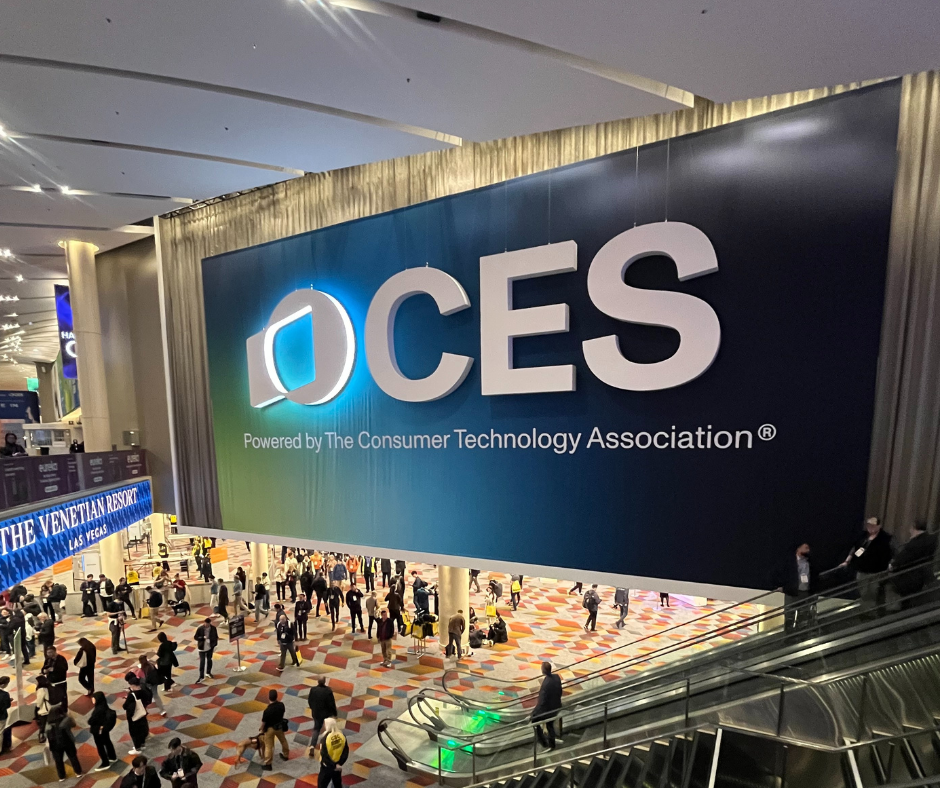
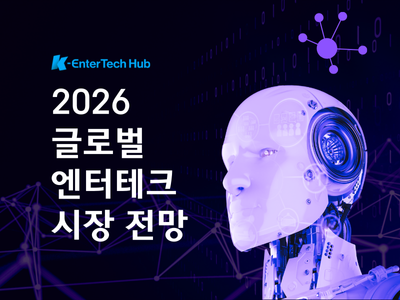
![[K콘텐츠와 K FAST]](https://cdn.media.bluedot.so/bluedot.kentertechhub/2025/11/zxwbgb_202511241038.jpg)
![[모집]1월 9일~14일 글로벌 AI 스템 캠프(자료집)](https://cdn.media.bluedot.so/bluedot.kentertechhub/2025/11/3kf0x5_202511031830.png)
![[MIPCOM2025]글로벌 엔터테인먼트 트렌드](https://cdn.media.bluedot.so/bluedot.kentertechhub/2025/10/duxlsp_202510170000.png)
![[보고서]생성AI와 애니메이션](https://cdn.media.bluedot.so/bluedot.kentertechhub/2025/09/c49fxu_202509271057.png)